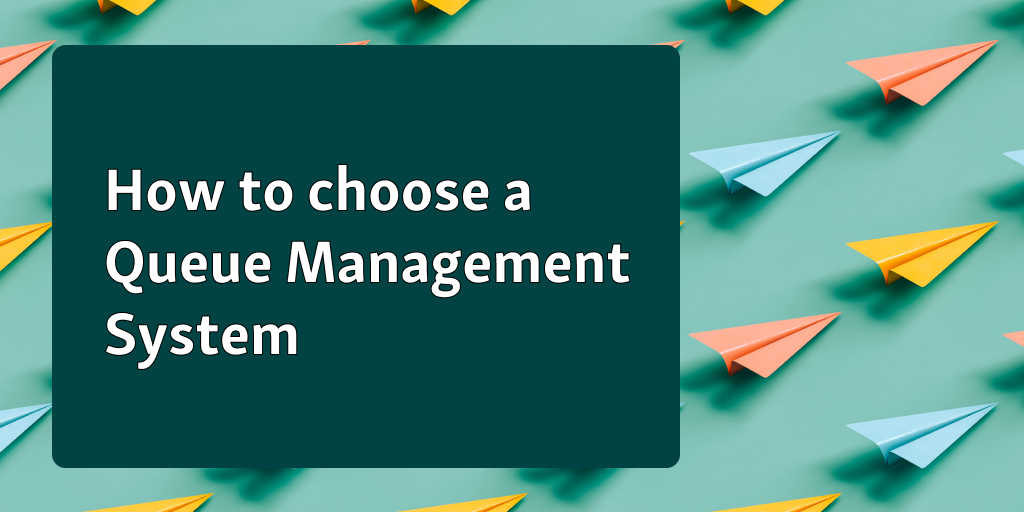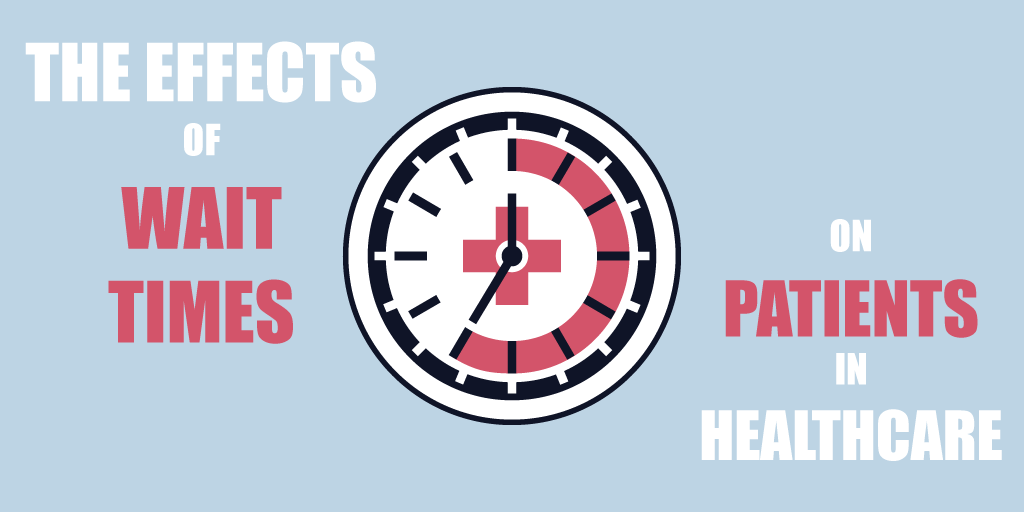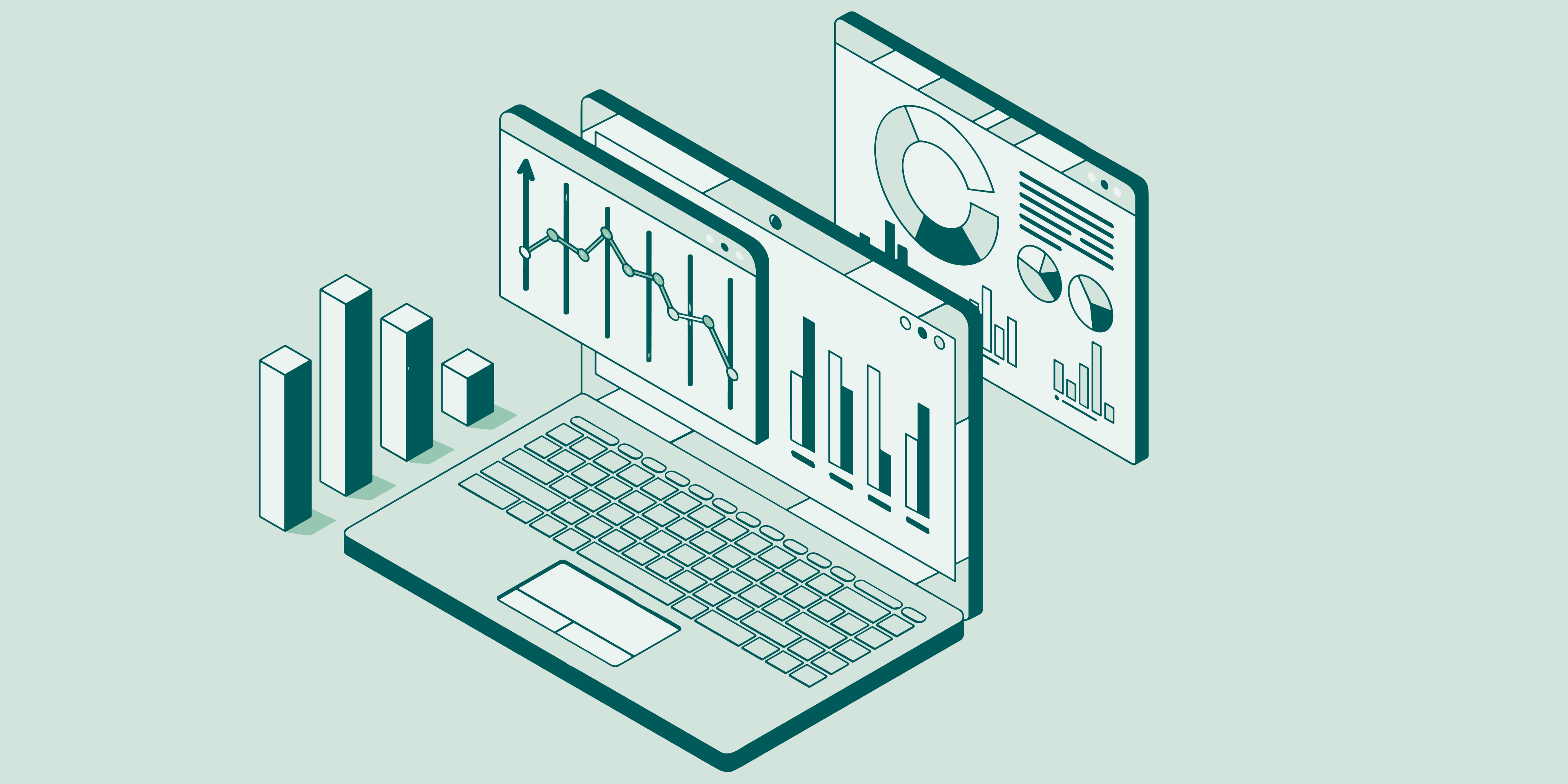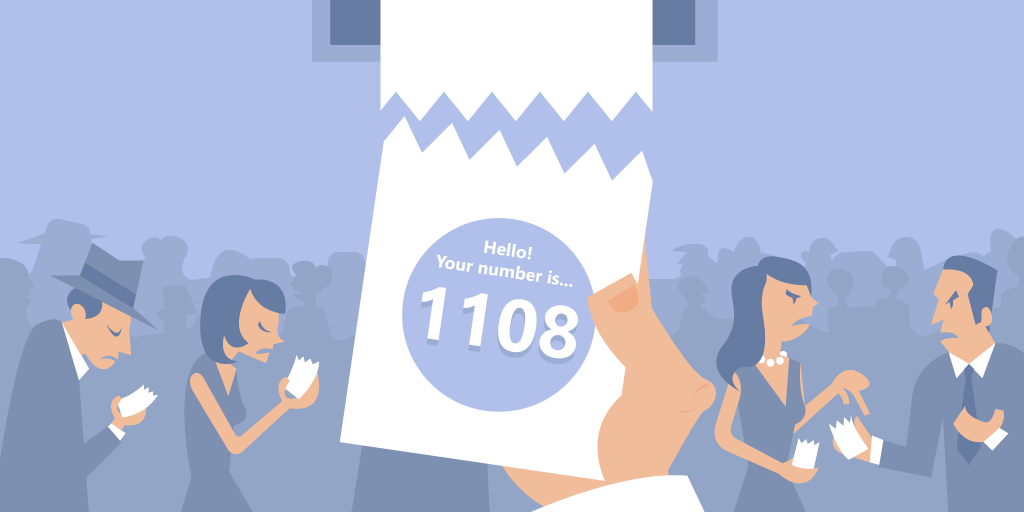When people show up for in-person service, one of the first things they want to know is how long the wait will be. If they’re left guessing, frustration builds.
It leads to more walkouts, more staff interruptions, and a poor overall experience. A waitlist monitor solves that by keeping things clear and visible.
It shows each customer’s place in line and updates in real time. This gives people more control over their time and cuts back on the need to ask for updates. It also frees up staff to focus on service instead of answering repeat questions.
In this blog, we’ll look at what a waitlist monitor does, why it matters, and how to use it well.
What is a Waitlist Monitor?
A waitlist monitor or a waiting room tv is a digital screen that shows real-time updates on the customer queue. It tells people where they are in line, who’s up next, and which counter or agent they’re heading to. This helps reduce confusion and keeps the flow moving.It’s not like the old number-based systems where people had to stare at a blinking ticket. This is name-based, more personal, and updates automatically as the line moves.

It’s also different from regular signage. This isn’t just for announcements. It’s directly connected to the service experience.
You can even customize the screen with your brand colors, name, or logo to make it feel like a part of your space.
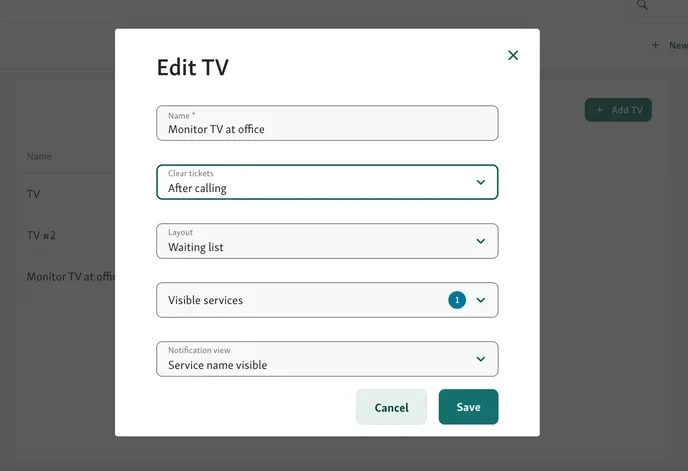
How a Waitlist Monitor Works
A waitlist monitor keeps your queue moving and your customers informed. Here’s a quick look at how it works from check-in to service.
Step 1: Check-In
The waitlist starts the moment a customer checks in. This usually happens through a quick scan of a QR code or by using a self-check-in kiosk placed at the entrance. No one has to talk to a staff member right away. They just enter their name, reason for visit, and any extra info the location needs. It's fast, private, and reduces that first point of friction for walk-ins.

Here’s what makes this step smooth for both staff and visitors:
No need to download any app or create an account
Works even on older phones or slower connections
Their name shows up on the waitlist screen right away
Staff get a clear view of who’s waiting and why
Helps avoid missed turns or people getting skipped in line
Helpful read - How Investing in Self-Service Kiosks Helps Queuing
Step 2: Their Name Appears on a Live Screen in the Waiting Area
After check-in, the customer’s name shows up on a screen for everyone to see. The list keeps updating in real time, so it’s always clear who’s waiting and who’s being helped. People no longer have to guess where they stand or ask staff for updates.
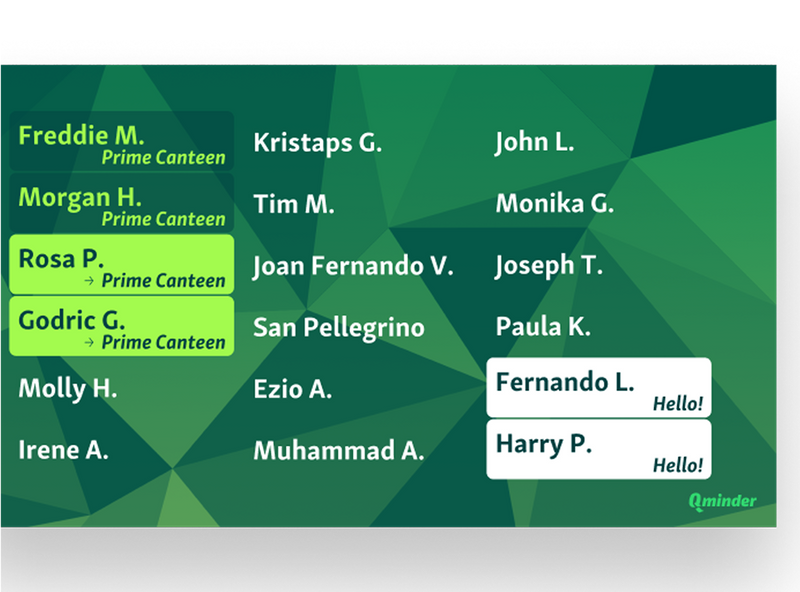
Here’s what this step helps with:
Shows people their spot in line
Cuts back on repeated questions
Helps visitors feel seen and informed
Reduces pressure on staff
Lets you match the screen to your brand style
Step 3: The Monitor Updates in Real Time, Showing Queue Progress
As each person gets served, the display shifts automatically. The list moves up, and everyone can see who’s next. There’s no need to refresh or ask staff what’s going on. It’s all there, live on the screen.
Here’s what this step adds to the experience:
Keeps the queue moving without confusion
Builds trust by showing fair and open progress
Helps visitors manage their time better
Reduces wait-related stress
Gives staff fewer interruptions from check-in questions
Step 4: Customers Are Called by Name and Guided to the Right Service Point
When it’s their turn, customers see their name on the screen along with a simple message telling them where to go. There’s no guesswork, and no loud ticket numbers being shouted across the room. The process feels smooth and personal.
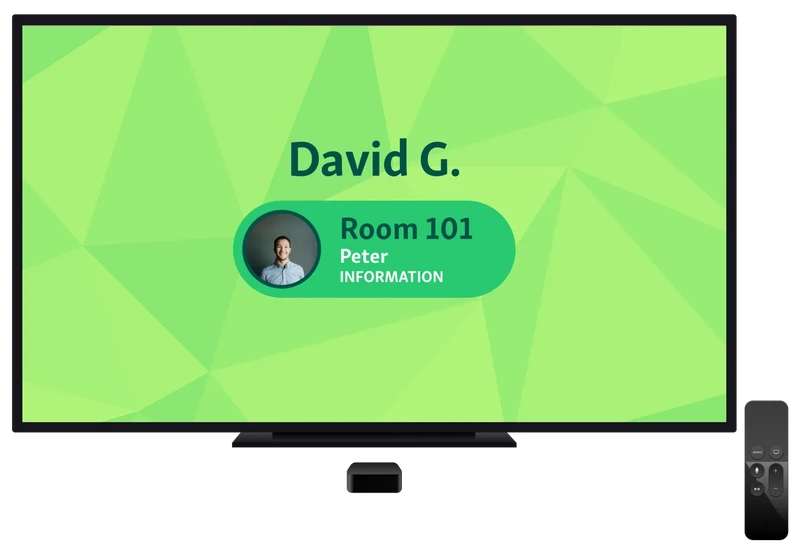
Here’s what this final step adds:
Makes the handoff to service feel direct and clear
Cuts down on missed calls or delays
Keeps the space calm and orderly
Adds a personal touch to the experience
Helps staff manage flow with less effort
Optional: SMS Reminder Before Their Turn
Some queue management systems let you send an automated text message to customers when they’re getting close to the front. It’s a simple feature, but it can make a big difference.
Here’s why it helps:
Gives people freedom to step away without losing their spot
Reduces missed calls or delays
Adds a sense of control to the waiting experience
Keeps communication clear and timely
Works especially well in busy or open spaces
Also read - How to Improve Customer Communication With SMS Text Messaging
Why a Waitlist Monitor Matters
A waitlist monitor isn’t just a screen. It’s a tool that keeps people informed, improves flow, and makes waiting feel more fair and personal, for both customers and staff. Let’s look at some of the important reasons:
1. Keeps Customers Informed Without Extra Effort
It takes the guesswork out of waiting. Instead of asking how long it’ll take, people can just glance at the screen. They see exactly where they stand and who’s being helped. That alone makes the wait feel more manageable.
It also helps your staff stay focused. They don’t have to answer the same “How much longer?” questions all day. The screen does that part for them, quietly and clearly.
2. Makes Waiting Feel Shorter
When people know what’s going on, the wait doesn’t feel as long. It’s a simple shift, but it matters. A screen showing real-time updates helps set clear expectations and removes the unknown.
There’s research behind this too. When customers feel informed, they’re more patient. Even if the actual wait is the same, it feels faster and more fair.
3. Creates a More Personal Experience
Name-based calling makes things feel more natural. Instead of feeling like just another number, customers feel seen.
It also helps your staff connect better. When a name shows up on the screen, they don’t have to ask or guess who’s next. It keeps things moving, while still keeping things personal.
4. Helps Staff Stay Focused
A waitlist monitor cuts down the number of people walking up to ask, “How much longer?” Staff don’t need to repeat the same answers all day.
It also keeps the front desk area clearer. Less crowding makes it easier for staff to focus on the task in front of them.
5. Builds Trust and Reduces Frustration
People feel more comfortable when they can see what’s going on. A live waitlist shows them where they stand and what’s coming next. That small bit of clarity helps lower stress.
It also shows that someone’s looking out for them. Seeing their name on a screen makes it feel more personal. It says, “You’re not just a number here,” which helps build trust even before they’re called.
Read more - 9 Proven Benefits of Online Queue Management Systems
Make Waiting Easier for Everyone
Waiting is part of the service journey, but it doesn’t have to feel endless or confusing. A simple waitlist monitor can change how people experience that time. It gives clarity, adds a personal touch, and helps staff stay focused without constant interruptions.
When customers feel informed, they’re more likely to feel respected and taken care of. That one small change can improve your whole service flow.
Qminder makes it easy to bring this to life with real-time updates, name-based calling, and a better front-desk experience.
Book a demo and see it in action.
Yes. A good waitlist monitor can support large fonts, high-contrast displays, and even multiple languages. This helps make the experience more inclusive for visitors with different needs.
They can. Some monitors come with visual alerts, color coding, or sound signals that help catch attention even in noisy or open areas.
Not hard at all. When linked to a real-time queue system, updates happen automatically. Staff don’t need to manage it manually, it adjusts as things change.


